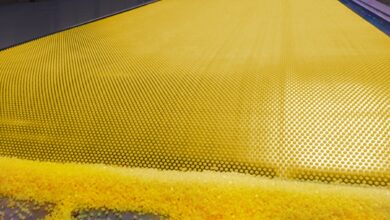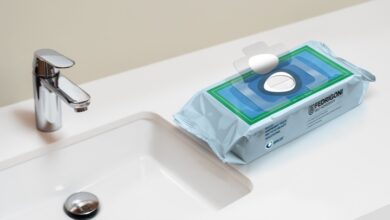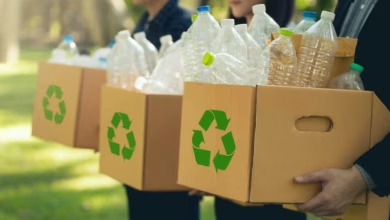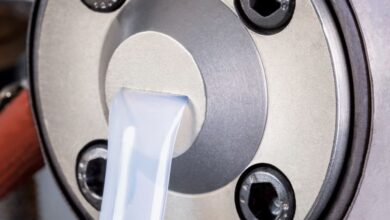Nissei says ‘inclusive growth’ covers recycling, bioplastics, energy savings
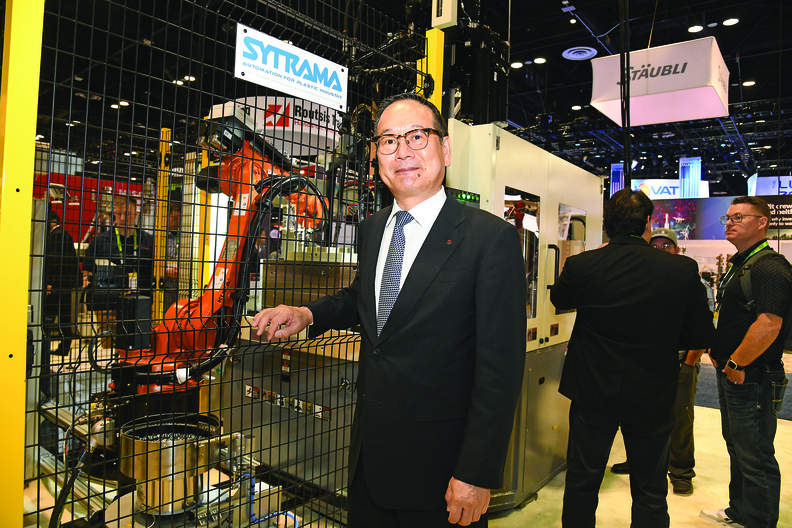
Iranpolymer/Baspar San Antonio-based Nissei America Inc. (SH-12, W2401) is introducing new injection molding technology to reduce environmental loads while simplifying processes.
Parent company Nissei Plastic Industrial Co. Ltd. of Nagano, Japan, developed two hybrid machines that it said can improve the factory environment for people and the planet.
The launch is part of an exhibit themed “Inclusive growth.” The idea behind it is that sustainable growth can be attained by creating a society that benefits everyone, particularly through recycling, bioplastics and reducing environmental impact, which are the focus of Nissei’s three exhibit zones.
The product launches expand the mid- to large-size horizontal machine series with the FWX760III-130B, a general-purpose press series, and the TWX300RIII36V, a mid- to large-size vertical press for insert molding.
The machine utilizes Nissei’s proprietary low-pressure molding method called N-SAPLI, which is derived from the words “Smart Application for PLastic Injection” and has been on the market in Japan since 2012.
The method prioritizes the clamping force setting as one of the most important molding conditions while reducing the injection peak pressure. The company said this eliminates molding defects, prolongs the life of molding machines and molds, and reduces the burden on operators with effortless settings.
Low-pressure molding also saves on power consumption by reducing the clamping force and injection pressure. The process offers up to a 55 percent energy saving compared with the conventional hydraulic machine, a company news release said.
“If optimum clamping force — the least required clamping force — is used to mold products, it can be filled at low speed [and] pressure, which can prolong the lives for the mold and machine as well as reduce the stress in the product for a stress-free product,” Otsuka said.
For the machine launches, Nissei made every mechanism more compact to achieve the smaller footprint and save on installation space, a concept referred to as 2-class larger mold, 2-class smaller machine.
“Compared to the machines in the same tonnage, a mold that normally requires two sizes larger machine can be mounted and processed on this machine, or a two sizes smaller machine can be used for an existing mold in some cases,” Otsuka said.
The combination of the extra-wide platen and low-pressure molding system permits molding capability of one or two class larger products compared with the conventional machines in comparable range, a news release said.
At NPE2024, an FWX760III-130B is molding textured polypropylene plates from a material that contains 30 percent recycled polypropylene regrinds. Processing this product normally requires 5,880kN (600 metric tons) clamping force; however, it will be molded around 1,960kN (200 tonnes) by utilizing the low-pressure molding system N-SAPLI.
The TWX300RIII36V adds a 300-ton press to the TWX series lineup. The press is suitable for automotive and insert molded products like home appliances.
At NPE2024, the press is showing how different shapes and volumes can be molded under the same conditions.
Nissei molds the lids and bodies of water tanks from a PP material with 20 percent recycled regrind. The company said the low-pressure molding system N-SAPLI improves warpage around the fitting parts.
“Molded automotive parts are becoming larger due to the trends shifting toward electric vehicles, requiring more plastic components and modularizations. The TWX series can answer to those needs for larger insert molded product,” a release said.
For this series, the mold mounting height was lowered to 1,000 millimeters and the overall machine height has been significantly lowered.
Nissei said this is a groundbreaking low height that improves the work environment for the operators and reduces factory and auxiliary equipment costs by making it easier to do mold change work — mount, remove and purge — and not requiring high ceiling heights or clearance compared with conventional types.
Nissei staff sees promise in plant-based biodegradable resins and has been focused on polylactic acid (PLA) as an eco-friendly material. The company’s technologies to expand use of PLA include a heat-resistant application up to 120° C; transparent thin-wall application for drinkware; and two-color molding application
At NPE2024, Nissei is introducing a PLA-based material blended with sustainably resourced wood flour, using material recovered during forest thinning.
“This composite material is made from PLA derived from sugarcane or corn and wood flour made by effectively reusing thinned wood, which are blended using Nissei’s unique technology,” a company release said.
The composite material will be used to mold cutlery — spoons, forks and knives — in a two-cavity mold on a new hybrid-type injection molding machine called FNX180IV-36A. The cutlery is heat-resistant and meets the U.S., Japanese and European food-contact material safety standards.
The press, which is part of the new-generation hybrid FNX series, is equipped with a new controller and standard screw, which was designed to ensure plasticization stability to reduce defects.
In another demonstration, a marine biodegradable material called PHBV will be used to mold combs on an all-electric NEX80V-9E injection molding machine. Nissei said the plant-based material, which is derived from corn or cassava, breaks down into water and CO2 by microorganisms.
The fluidity of the material is high and prone to flash. However, Nissei said low-pressure molding can produce good products without flash.
Nissei is proposing the use of liquid silicone rubber separators for the next generation of EV battery designs.
At NPE2024, the company will process LSR on a FNX110III-12ALM press in a demonstration to mold a battery cell separator in a one-cavity mold.
LSR applications are expanding in the automotive, medical and household products markets due to the material’s excellent heat and cold resistance, electrical insulation properties, chemical resistance and safety, according to Nissei officials.
In the auto industry, uses of LSR is expected to grow for packing, insulated waterproof connectors for high-voltage components, and battery cell components and more for electric vehicles.
Nissei is molding battery intercell separators in Orlando, Fla., which it said “will be used for holding battery cells in place while absorbing cell expansions.”
sustainableplastics



